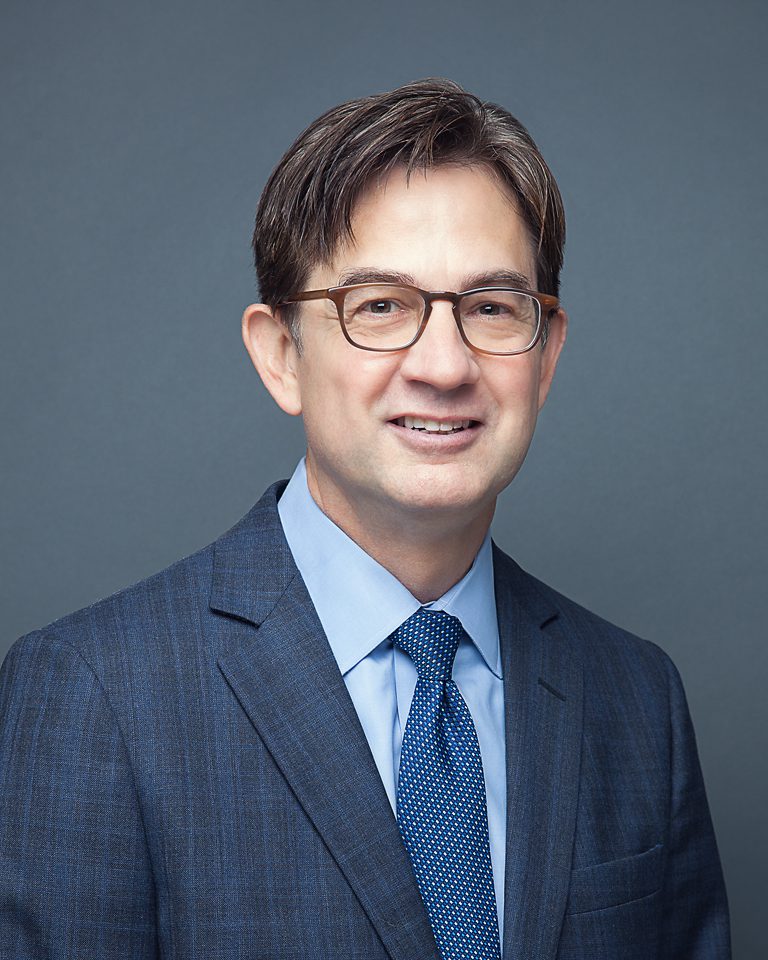When A Cyclist Is Responsible for Injuries to Another

Most of our clients injured while cycling are hit by vehicles and seriously injured. But accidents can also caused by other cyclists whose actions can send a rider onto the street and into the path of a car or truck.
Protect yourself by getting the legal advice you need. If you are seriously injured while biking because of someone else’s fault, contact Callaway & Wolf at 415-541-0300 to schedule a free case evaluation as soon as possible. If you delay getting legal representation, you may say and do things that may greatly decrease the damages you may receive.
Higher gas prices mean that even more people will be getting out of their cars and onto their bikes. There will be more cyclists on the streets commuting to work, running errands, or just enjoying the great outdoors. As the numbers increase, so does the risk cyclists may injure each other. Here’s our map of San Francisco’s most dangerous intersections for cyclists.
Negligence Normally Applies to Cases When Mistakes Cause Harm
Negligence is a legal theory used to show a defendant (the party sued) is responsible for the injuries to the plaintiff (the one filing the lawsuit) and should pay compensation for those injuries. In nearly all cases, the defendant has an insurance policy that can cover the claim, and the insurer pays for the defendant’s legal defense.
Negligence applies to most situations where a mistake leads to a person’s injury or death. If you’re the victim, you have the burden to prove it’s more likely than not the defendant’s negligence caused the injury. You (through your attorney) need to establish:
- The defendant (the party sued) owed you a legal obligation or duty. On the roads, this is clear: everyone has a duty to ride their bike in a reasonably safe way that doesn’t endanger others
- The defendant broke or breached that obligation or duty. The cyclist may have been going too fast on a slick, wet road and slid into you, for example
- The breach caused your injuries. You were knocked off your bike and landed on the road or sidewalk, causing you to break bones
- Your injuries resulted in damages (the harm caused measured in dollars). You suffered pain, anxiety, medical bills, and lost income because you missed work
Expect the defendant to try to show you’re responsible for the accident. Under California’s comparative negligence law, a defendant’s responsible for their fault in causing an accident, so the more you’re to blame, the less they need to pay.
Injuries Occur on High Speed, Competitive Ride
While many cyclists use their bikes for transportation and relaxing, others bike to compete against others. Adrian Goldstein, a pathologist who lived in San Mateo as of 2018, crashed his bike in January 2017 during a Spectrum Ride, a weekly event in the Bay Area, according to Cycling magazine.
These rides were known for high speeds and competitive riders. Goldstein claims in a 2018 lawsuit during one ride he was knocked off his bike, lost consciousness, suffered facial fractures and head and neck injuries which caused a permanent disability that interferes with his medical practice.
Goldstein blamed fellow rider Michael Jacques for his “negligence, carelessness, and unlawfulness” and named 25 other unnamed ride participants as defendants. The lawsuit claims Jacques lost control of his bike, which went into Goldstein, throwing him off his bike and causing his injuries. Goldstein sought $1 million in damages.
The magazine states the ride is known as a “show-and-go” or “racer” ride. It’s not an official, organized event where roads are closed to vehicle traffic. Participants come to a designated starting point, and at a specified time, they leave. Speeds may exceed 30 mph, riders may be tightly packed together, and they have a mix of experience levels.
Another feature of these rides is accidents. Riders go past their limits, make mistakes, and crash. Given how fast they may ride and that others may be close by, if one rider goes down, others may crash too. One early ride organizer was quoted as saying accidents regularly happen.
Depending on the Situation, Proving Negligence May Not Be Enough
California law states we all must use reasonable care to avoid injuring others. One exception is if someone like Goldstein voluntarily assumes the risk of injury (known as “primary assumption of the risk”). If it’s inherent in an activity like a sport, a defendant isn’t liable even if they just commit “ordinary” negligence.
But, due to “secondary assumption of the risk,” Jacques still owes him a duty of care. In Goldstein’s case, showing Jacques was negligent may not be enough. He may need to prove he was reckless, took dangerous actions that the average bicyclist would avoid, and exposed Goldstein to risks of injuries without concern of what might happen.
Some actions Jacques may take to trigger liability may be:
- Intentionally, dangerously cutting off other riders or riding too close to them
- Speeding into an area where there’s a high risk of losing control, like a section of road that’s covered in water, sand, or broken up by potholes or cracked pavement
- Riding a bike he knew wasn’t functioning correctly, such as one with failing brakes or leaking tire tubes
- Riding dangerously close to traffic, creating a high risk of an accident that could endanger other riders
Whether a judge rules you assumed the risk of your injury, or you can succeed just by showing negligence, depends on the facts of your case and the circumstances surrounding your bike ride.
“Collectability”
Of course, a fellow bike rider may not have any insurance or ability to pay a claim. Your best avenue for recovery in a bike accident is a vehicle insurance policy. Also good is an agency such as Muni in San Francisco, AC Transit in the East Bay, or another public entity. We have handled many cases where we were able to get significant recoveries despite the lack of insurance, but you need a person of wealth for that to succeed.
Contact a Bike Accident Lawyer in San Francisco
Callaway & Wolf are personal injury lawyers in San Francisco. If you or someone you know is injured in a bike accident in the San Francisco Bay Area, including Oakland, contact us for a free consultation by filling out our online contact form. You can also call 415-541-0300 to speak to an experienced bicycle injury attorney.

Boone Callaway is a personal injury & medical malpractice lawyer in San Francisco who has been working with clients in the Bay Area for over 25 years. Mr. Callaway is one of only a few personal injury litigators in San Francisco who is a Super Lawyer, AV Rated and is also a member of ABOTA – American Board of Trial Advocates.
